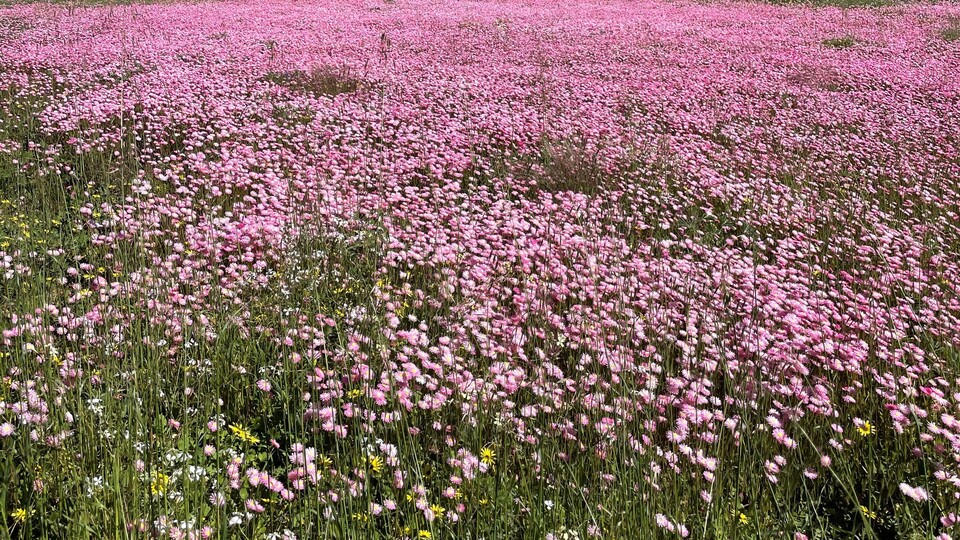By Denise Fernie – Slow Food Swan Valley Committee Member
In Western Australia’s southwest, the Noongar Seasonal calendar has six seasons, which follow observations of the environment, for example, the weather, and what plants and animals are doing, rather than dates on a calendar.
We are in the season of Djilba, which is known as the first Spring, and the Season of Conception. This is a transitional time, with a mix of cold, clear days, rainy days and the occasional sunny day, though nights are still cold.
As the days start to warm up, you’ll begin to notice that birds are nesting and tadpoles are emerging.
This is the beginning of the wildflower season that Western Australia is famous for. It begins with yellow flowering plants, such as acacias, and cream, such as Hakeas. As the season progresses and the temperature continues to rise, the flower stalks of the Balgas (grass trees) start emerging, in preparation for Kambarang, the Season of Birth.

We have had a wonderfully wet winter, as you can see in our garden because the weeds are loving it!
Vegetables in season now include silverbeet, spinach and warrigal greens, as well as brassicas (cabbages, kale, cauliflower, etc), beetroot and the very beginning of the broad beans. Last year we got a bumper crop of broad beans and dried them to use throughout the year. We have used them in soups and stews, as well as fava bean dip. Yum.
The citrus fruit has had a bumper season too. One friend had so many mandarins that they thought they would try their hand at making a mandarin whiskey marmalade. I must say it was delicious.
I’m sharing another recipe, spinach and cheese curry, which is a favourite in our household. Making it from scratch (milking the cow to make the cheese), although incredibly rewarding, is a little time consuming, but not hard to do. We have also on occasion substituted warrigal greens for spinach, which works really well.
This article was originally published by Slow Food Swan Valley
For seasonal tips on Second Spring or Kambarang read here.




